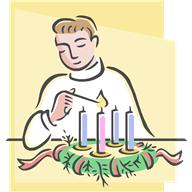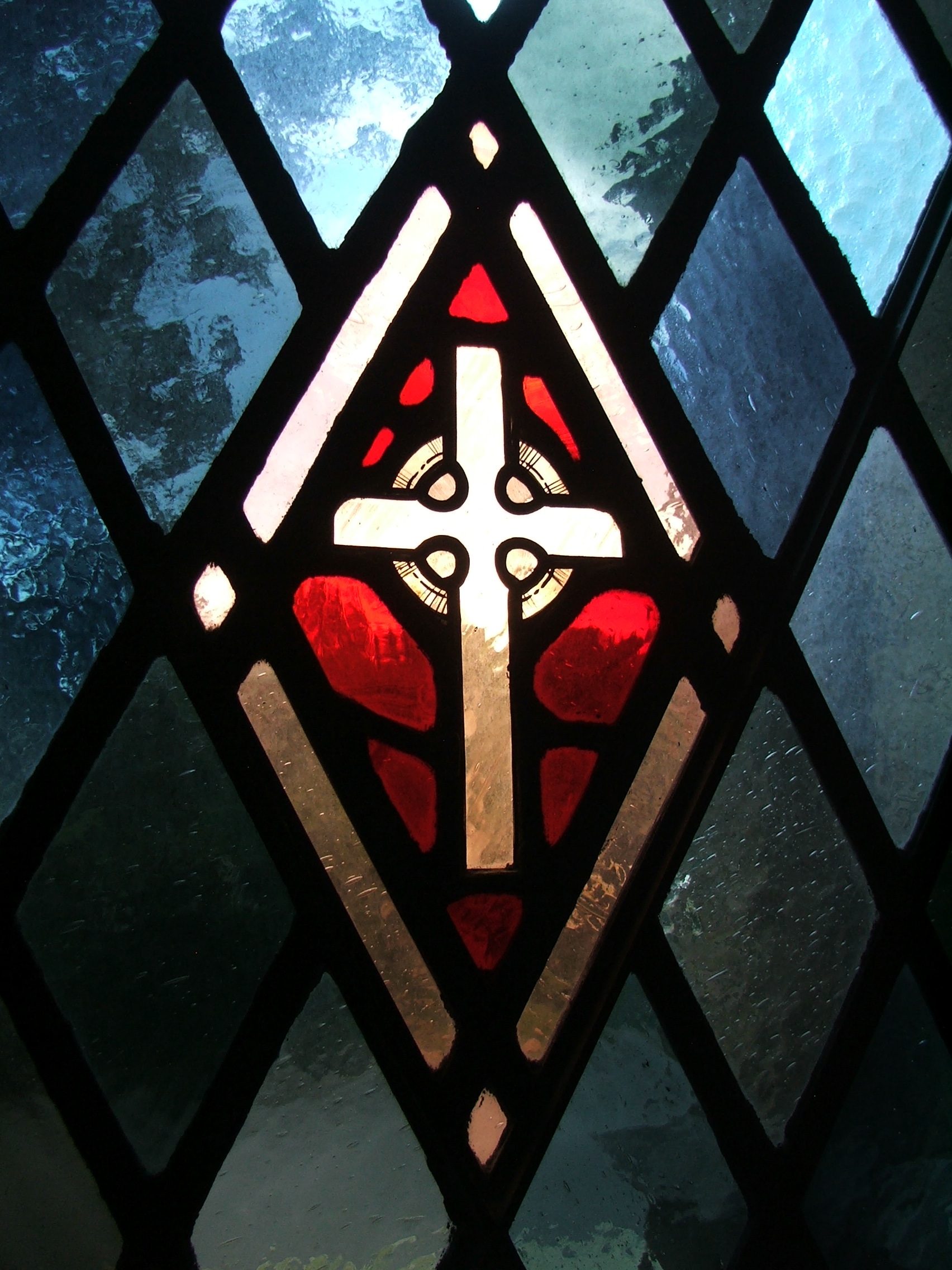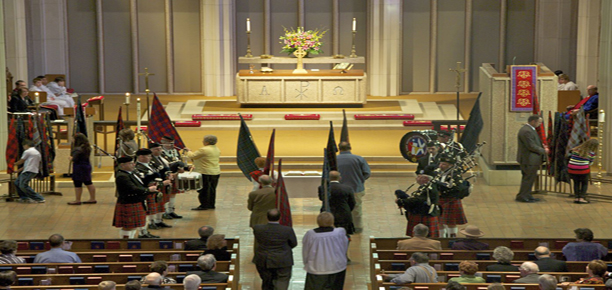Advent I: The beginning of a new Church Year
Sunday, December 1, 2013, marks the First Sunday of Advent, which is the beginning of a new Church (Ecclesiastical) Year.
The services during Advent are not intended to celebrate Christmas but to help each of us prepare ourselves for, and expect the coming of, Christ. The word “Advent” is a derivation of the Latin word, “advenio,” meaning coming or arrival. Early observances of this festival are recorded prior to the seventh century, and through the ensuing ages it has evolved into the form familiar to us today. Advent begins on the Sunday nearest November 30th and lasts four Sundays. The first Sunday of Advent marks the beginning of a new church year.Read More »Advent I: The beginning of a new Church Year



